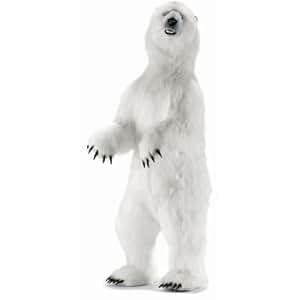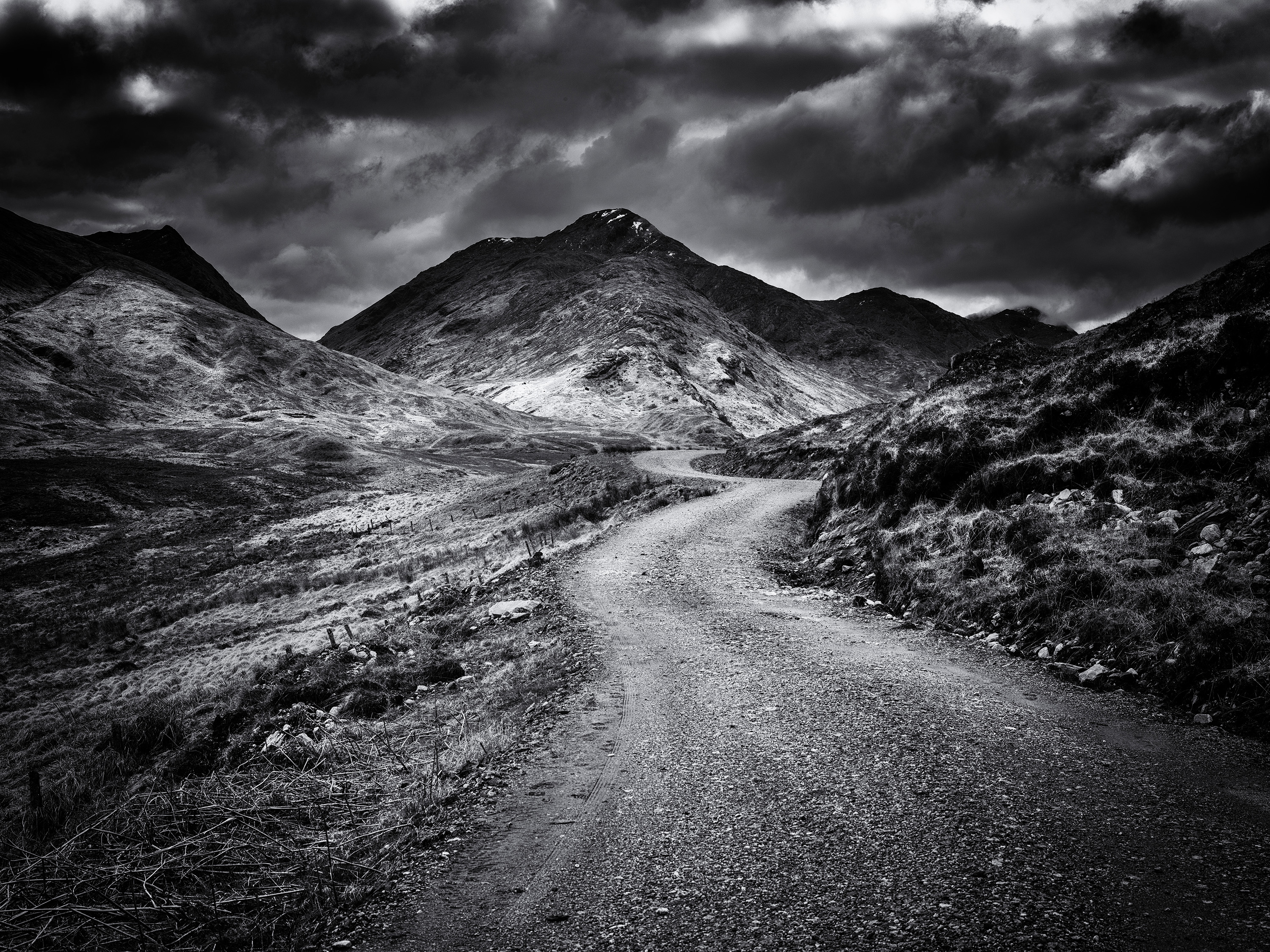The polar bear (Ursus maritimus), one of the Earth’s most iconic animals, has long captivated the imagination of children and adults alike. These majestic creatures, native to the Arctic, have transcended their natural habitat to become beloved figures in children’s playrooms across the globe, primarily in the form of plush toys. This article explores the evolution of polar bear plush toys, tracing their journey from the icy landscapes of the Arctic to the comfort of playrooms, examining their cultural significance, design evolution, and impact on children’s development.
The Historical Context of Plush Toys
The origins of plush toys can be traced back to the late 19th century, when stuffed animals began to gain popularity as toys for children. The first commercial plush toys were created in Germany, primarily by companies like Steiff, which introduced the teddy bear in 1902. As the demand for plush toys grew, manufacturers began to expand their offerings, including various species of animals. The polar bear emerged as a popular choice, not only due to its striking appearance but also because of its association with childhood innocence and adventure.
Polar Bears in Popular Culture

Polar bears have captured the hearts of many through literature, film, and other forms of media. Their representation in popular culture has played a significant role in promoting the idea of polar bears as cuddly, friendly creatures. Some notable examples include:
- Children’s Literature: Books like “The Last Polar Bear” and “Polar Bear, Polar Bear, What Do You Hear?” introduce young readers to the world of polar bears, fostering empathy and curiosity.
- Film and Television: Animated films like “Happy Feet” and documentaries such as “March of the Penguins” showcase polar bears in captivating narratives, contributing to their popularity as plush toys.
- Toys and Merchandise: Brands like Build-A-Bear Workshop have capitalized on the appeal of polar bears, allowing children to create their customized plush versions, further embedding these animals in children’s lives.
The Design Evolution of Polar Bear Plush Toys
As the popularity of polar bear plush toys grew, so did the variety in design and materials. The evolution of these toys reflects broader trends in toy manufacturing and consumer preferences.
Early Designs
In the early 20th century, polar bear plush toys were often designed with a focus on realism. Manufacturers used mohair or felt and featured intricate stitching and detailing. These plush bears were often quite stiff and less huggable compared to modern designs.
Modern Innovations

Today’s polar bear plush toys incorporate innovative materials and design concepts:
- Soft Materials: Modern plush toys use synthetic fabrics such as polyester, which are softer and more durable, making them more huggable for children.
- Safety Features: With increased awareness of child safety, manufacturers have introduced features such as safe, non-toxic materials and securely stitched components to prevent choking hazards.
- Interactive Elements: Many contemporary polar bear plush toys come equipped with interactive features like sound effects, lights, and even educational content, enhancing the play experience.
The Cultural Significance of Polar Bear Plush Toys

Polar bear plush toys serve not only as playthings but also as instruments of cultural education and awareness about environmental issues. Their significance extends beyond mere entertainment:
Environmental Awareness

The plight of polar bears due to climate change has made them symbols of environmental conservation. Many companies donate a portion of their proceeds from polar bear plush sales to wildlife conservation organizations. This practice has fostered a greater awareness among children about the importance of protecting the environment.
Emotional Development
Plush toys, including polar bears, play a crucial role in the emotional development of children. They provide comfort and companionship, allowing children to engage in imaginative play. Research indicates that:
- Emotional Security: Plush toys can serve as transitional objects that help children cope with anxiety and fear.
- Social Skills: Role-playing with plush toys encourages the development of social skills, as children learn to share, negotiate, and empathize.
- Creativity: Imaginative play with polar bear plush toys can enhance creativity, allowing children to explore diverse scenarios and narratives.
Case Study: The Rise of Eco-Friendly Plush Toys

As awareness of environmental issues grows, so does the demand for eco-friendly toys. A notable example is the company Jellycat, which has developed a line of sustainable plush toys, including polar bears, made from recycled materials. This trend reflects a broader shift in consumer preferences toward sustainable products.
Consumer Statistics
According to a recent survey conducted by the Toy Industry Association:
- Over 60% of parents expressed a preference for toys made from sustainable materials.
- Sales of eco-friendly plush toys have increased by 25% over the past five years.
This shift has prompted many manufacturers to rethink their supply chains and production methods, aligning with the values of environmentally conscious consumers.
The Future of Polar Bear Plush Toys

As we look to the future, several trends are likely to shape the evolution of polar bear plush toys:
- Technology Integration: The integration of technology in plush toys is expected to grow, with features like augmented reality (AR) and smart technology becoming more common.
- Customizability: As personalization becomes increasingly popular, consumers may demand more customizable options, allowing children to create their unique polar bear companions.
- Focus on Learning: Educational plush toys that teach children about wildlife conservation and climate change may gain traction, aligning playtime with learning.
The evolution of polar bear plush toys from their origins in the Arctic to their current status as beloved companions in playrooms reflects broader cultural and societal changes. These toys not only provide comfort and joy to children but also serve as important tools for education and emotional development. As we move into the future, the ongoing integration of sustainability, technology, and personalization will likely shape the next generation of polar bear plush toys, ensuring that they continue to resonate with children and their families while promoting awareness of the environmental issues affecting these magnificent creatures.
By understanding the journey of polar bear plush toys, we gain insight into how childhood play can be intertwined with learning and advocacy, fostering a generation that is not only imaginative but also informed and compassionate.





